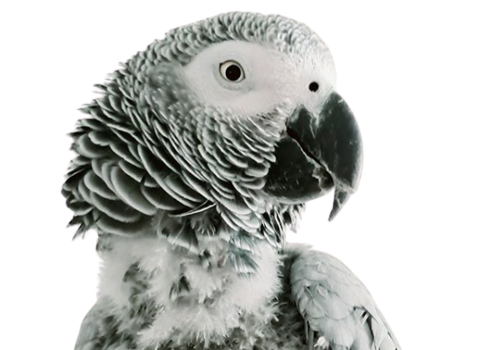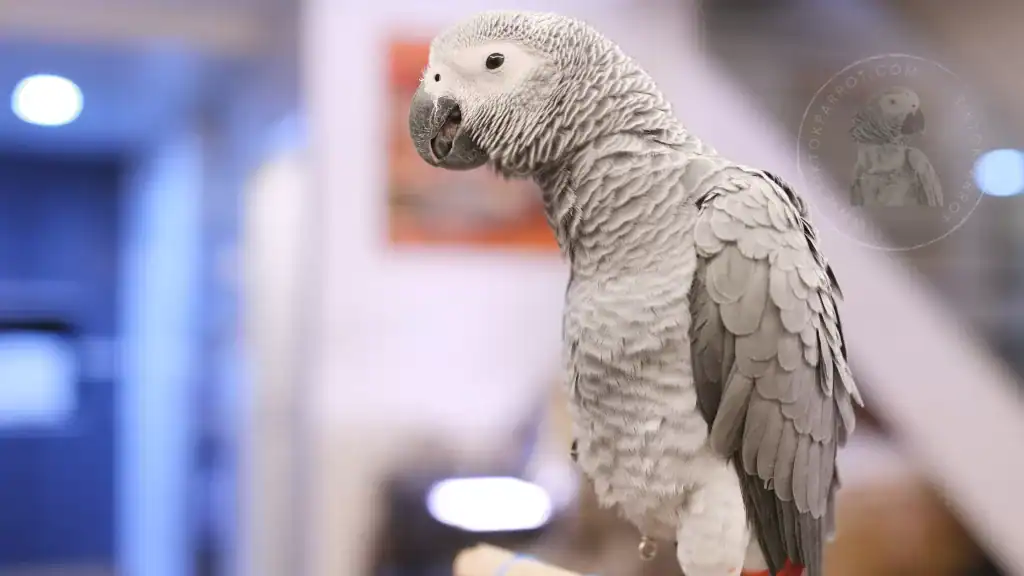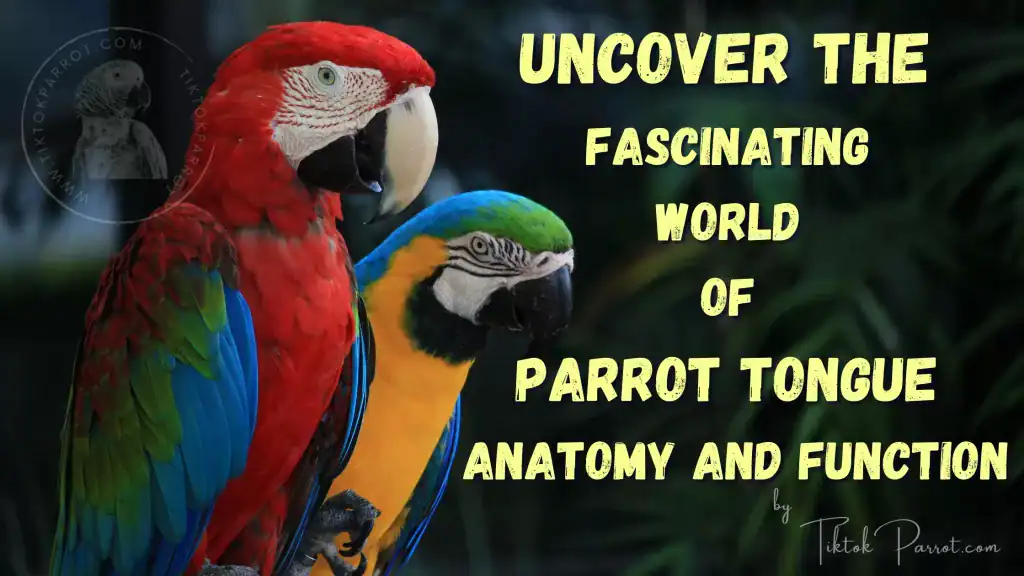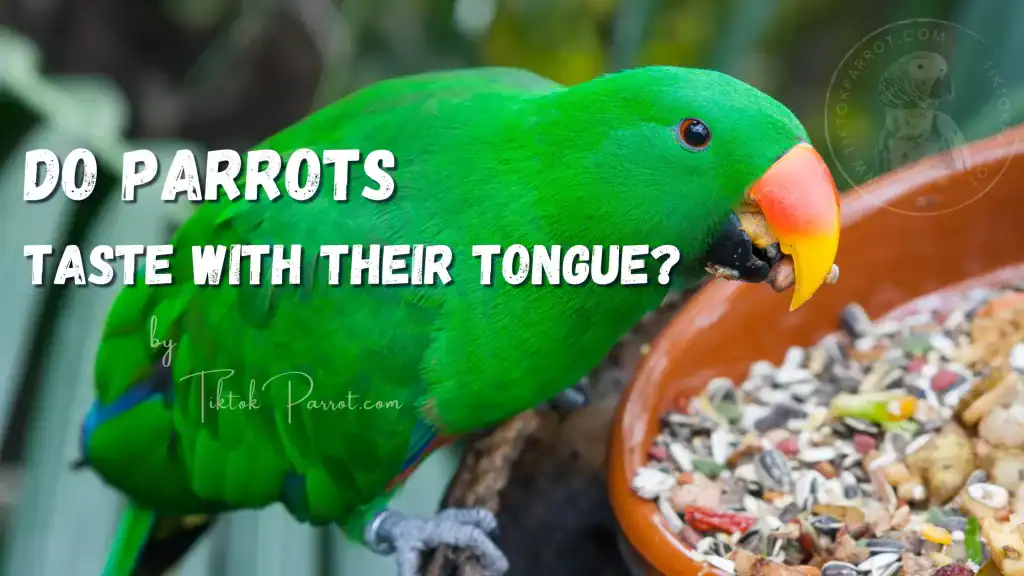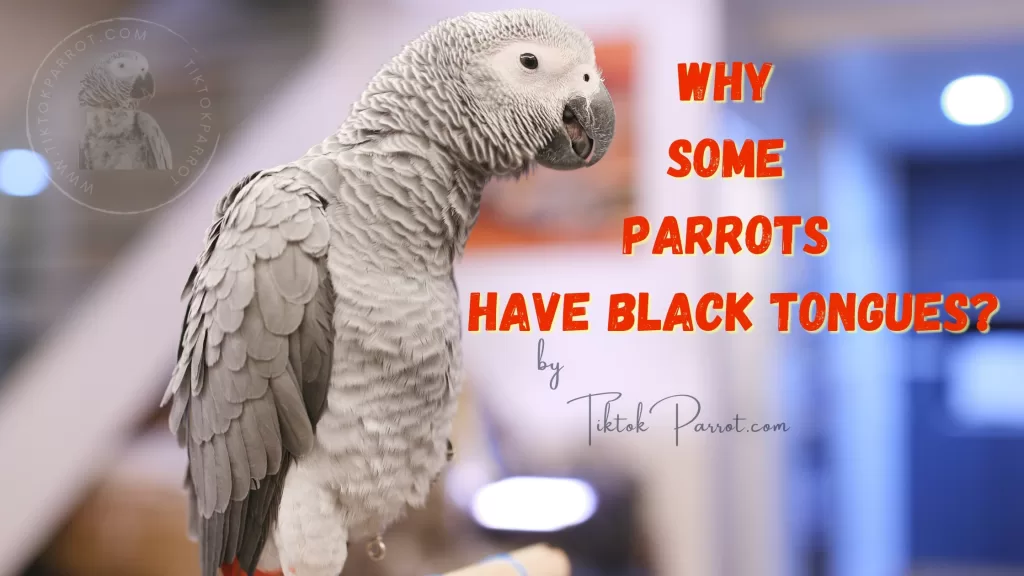If you’re a parrot owner, you know that these colorful birds are full of surprises, and their unique anatomy is no exception. The parrot’s tongue, in particular, is a fascinating organ that plays a vital role in the bird’s daily life. In this article, we’ll explore the anatomy and function of the parrot’s tongue in-depth, including how it helps the bird communicate, eat, and more.
We’ll also provide some tips on how to care for your parrot’s tongue to ensure it remains healthy and functions correctly. So, let’s dive into the world of parrot tongue and discover what makes this organ so unique.
Discover the fascinating world of parrot tongue anatomy and function in this comprehensive guide. Learn how this unique organ helps parrots communicate, eat, and more. Follow our tips to care for your parrot’s tongue and ensure it remains healthy and functions correctly.
Introduction
Parrots are known for their distinctive beaks and colorful feathers, but their tongues are just as fascinating. In this article, we’ll explore the anatomy and function of the parrot tongue in great detail. We’ll cover everything from the structure of the tongue to its role in eating, drinking, and communicating.
Anatomy of the Parrot Tongue
The tongue is an essential organ that helps parrots perform a variety of tasks. It’s made up of several parts, including the tip, body, root, and base. The tip of the tongue is the most flexible part and is used for grasping food and manipulating objects. The body of the tongue is covered in tiny, hair-like projections called papillae, which help parrots taste and feel their food.
The root of the tongue is attached to the hyoid bone, which supports the tongue and helps it move around. The base of the tongue is connected to the pharynx, which allows parrots to swallow their food.
Function of the Parrot Tongue
The parrot tongue serves several important functions. One of its primary roles is in eating and drinking. The tongue helps parrots grasp and manipulate their food, and the papillae on the surface of the tongue help them taste and feel their food. Parrots also use their tongues to clean their beaks and feathers, and to groom their mates.
In addition to its role in eating and grooming, the parrot tongue also plays a critical role in communication. Parrots use their tongues to make a variety of sounds, including clicks, whistles, and squawks. By manipulating the shape and position of their tongues, parrots can produce a wide range of vocalizations.
What is the structure of tongue in parrot?
The tongue of a parrot has a complex structure that allows the bird to perform a wide range of functions. At its most basic level, the tongue is a muscular organ located in the oral cavity, which is surrounded by the beak and surrounded by the hard palate and the base of the skull.
In parrots, the tongue has a number of unique features that distinguish it from other birds. For one, the tongue is relatively large and flexible, and can be extended out of the beak to reach food or to manipulate objects. Additionally, the tongue is covered in a layer of keratinized tissue, which gives it a rough, textured surface that is useful for grasping and manipulating food.
The tongue is also equipped with a number of sensory receptors that allow the bird to taste and feel its food. In particular, parrots have a well-developed sense of taste, with taste buds located throughout the tongue and oral cavity. These taste buds are particularly sensitive to sweet and sour flavors, which are important for identifying and selecting ripe fruits and other foods in the wild.
Finally, the tongue of a parrot is important for vocalization. Parrots are known for their ability to mimic human speech and other sounds, and the tongue plays a key role in producing these sounds by modulating airflow and shaping the sound waves produced by the vocal cords.
In summary, the tongue of a parrot is a complex and versatile organ that is crucial for a variety of functions, including eating, tasting, manipulating objects, and vocalizing. Its unique structure and features make it well-suited to the needs of these intelligent and fascinating birds.
Do parrots taste with their tongue?
Yes, parrots do taste with their tongue. The tongue of a parrot is equipped with a number of taste buds, which are specialized sensory receptors that are responsible for detecting different flavors. These taste buds are located throughout the tongue and oral cavity, and are particularly sensitive to sweet and sour flavors, which are important for identifying and selecting ripe fruits and other foods in the wild.
In addition to taste buds, the tongue of a parrot is also covered in a layer of keratinized tissue, which gives it a rough, textured surface that is useful for grasping and manipulating food. This allows parrots to taste their food while also manipulating it with their tongue.
Overall, the ability to taste and identify different flavors is important for parrots, as it allows them to select and consume a wide variety of foods in the wild. In captivity, parrots require a varied diet to ensure they receive all the nutrients they need, and their well-developed sense of taste is one of the ways they can identify and select the foods they need for optimal health.
Why Some Parrots Have Black Tongues?
If you’re a parrot owner, you may have noticed that some species of parrots have black tongues, while others have pink or light-colored tongues. So, why do some parrots have black tongues, and what does it mean?
The answer lies in the pigmentation of the tongue tissue. Just like human skin and hair, parrot tongues can come in different colors depending on the amount of melanin, a pigment that gives color to skin and hair, present in the tissue. Parrots with high levels of melanin in their tongue tissue will have a darker tongue, while those with lower levels will have a lighter-colored tongue.
Some species of parrots, such as African Greys and Amazons, are more likely to have black tongues due to their higher melanin content. However, this is not always the case, and tongue color can vary even within a single species.
While tongue color can be an interesting characteristic to observe in parrots, it’s important to note that it doesn’t necessarily indicate anything about the bird’s health or behavior. As long as the parrot’s tongue functions correctly and is not exhibiting any signs of illness or injury, tongue color is merely a cosmetic feature that adds to the bird’s unique and beautiful appearance.
In conclusion, some parrots have black tongues due to a higher concentration of melanin in their tongue tissue. While this is not always the case and tongue color can vary within a single species, it’s a natural variation that does not affect the bird’s health or behavior.
Can Parrots Get Tongue Infections?
Yes, parrots can get tongue infections just like any other animal with a tongue. In fact, tongue infections are relatively common in parrots and can be caused by a variety of factors.
One common cause of tongue infections in parrots is poor hygiene. If a parrot’s cage is not cleaned regularly, or if the bird’s food and water bowls are not changed frequently, harmful bacteria can accumulate and cause infections in the mouth and tongue. Additionally, feeding a parrot an unbalanced or low-quality diet can weaken the immune system and make the bird more susceptible to infections.
Other factors that can contribute to tongue infections in parrots include trauma to the tongue, such as from chewing on abrasive toys or from injuries sustained during a fight with another bird. Additionally, certain viruses and bacteria can cause infections in the mouth and tongue, including candida, aspergillosis, and herpesvirus.
If you suspect that your parrot has a tongue infection, it’s important to seek veterinary care right away. A veterinarian can examine your bird and recommend appropriate treatment, which may include antibiotics, antifungal medications, or other therapies depending on the cause of the infection.
To prevent tongue infections in your parrot, it’s important to maintain good hygiene by cleaning the cage and food and water bowls regularly. Feeding your bird a balanced, nutritious diet can also help boost the immune system and reduce the risk of infections.
Finally, it’s important to provide your bird with safe and appropriate toys and to monitor them while they play to prevent accidental injuries to the tongue or mouth.
How to Care for Your Parrot’s Tongue
Now that you understand the importance of your parrot’s tongue, it’s essential to take good care of it. To keep your parrot’s tongue healthy and functioning correctly, you can follow these simple tips:
- Provide a balanced diet: A balanced diet is essential for your parrot’s overall health, including its tongue. Make sure to offer a variety of fruits, vegetables, and nuts to provide essential nutrients and keep your parrot’s beak and tongue healthy.
- Keep the water bowl clean: It’s crucial to keep the water bowl clean and fresh at all times to prevent the growth of bacteria that can harm your parrot’s tongue.
- Provide a variety of toys and perches: Toys and perches are essential for your parrot’s mental and physical well-being. Choose toys that encourage your parrot to manipulate objects with its tongue and beak, such as puzzles and foraging toys.
- Monitor for signs of illness: If your parrot is exhibiting any signs of illness, such as a change in appetite or behavior, it’s essential to seek veterinary care immediately. Many illnesses can affect the tongue and beak, so prompt treatment is critical.
- Regular beak and tongue cleaning: Regularly cleaning your parrot’s beak and tongue can help prevent the buildup of food and debris that can lead to bacterial infections. You can use a soft toothbrush and warm water to gently clean your parrot’s beak and tongue, being careful not to apply too much pressure.
With proper care and attention, your parrot’s tongue can remain healthy and function correctly, allowing your feathered friend to enjoy all the benefits of this fascinating organ.
My Closing Thoughts
The parrot tongue is a fascinating and complex organ that serves many important functions. It’s essential for eating, drinking, grooming, and communicating, and its unique structure and flexibility make it a valuable tool for parrots in the wild and in captivity.
I hope this article has been informative and helpful. With this information, you can better understand the importance of your parrot’s tongue and take the necessary steps to care for it properly.
If you found this blog helpful, It would be great if you could share it with your family and friends who might find it useful as well.
You might like to read these as well
What To Do If Your Parrot Is Choking, something stuck in the throat?
The Surprising Benefits of Owning an African Grey Parrot
African Grey Parrot Male or Female? (Determine Gender of African Grey)
Is Your African Grey Parrot Happy? A Guide To Understand Their Body Language
Unlock the Secrets of Choosing the Perfect African Grey Parrot
African Grey Parrots: The Ultimate Guide To Care And Training
The Art of Training Your African Grey Parrot
For more useful content about African Grey parrots, you can subscribe my site with your email to get notification upon publishing a new blog, the subscribe box you can see on the right side of this page. Also if you get an alert on your web browser while browsing my site, allow it and that will also give you an alert whenever I publish a new blog.
Stay safe and much love !


